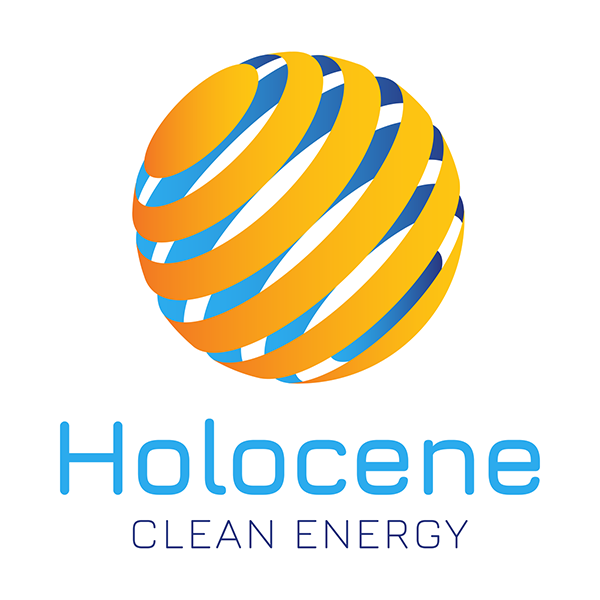If you’re a data center owner or operator, you may be considering a shift to renewable energy. Many industries are integrating renewables as prices drop and demand for sustainability increases, and the data center industry is no different. In fact, industry experts such as Kevin Hagen, Vice President Environment, Social & Governance (ESG) Strategy at Iron Mountain, assert that while the data center and colocation industry is a small segment of the IT sector, it represents a large portion of the power consumption and therefore needs to consider the environmental impact of living in a digital world.
“Look at the top ten EPA Green Power Partner list, and you will see wholesale colocation customers like Microsoft, Google, Intel, Apple and Cisco leading the way. Earlier this year, an article was released on a large provider of streaming content that required 100 percent renewable energy as a core component for their data center RFP,” writes Hagen.
So, exactly how can renewable energy developers help data center operators expand their renewable portfolio? David Chernicoff at DataCenterDynamics.com calls attention to the fact that data centers can fulfill their claim on sourcing renewable power through the use of renewable energy certificates (RECs) and power purchase agreements (PPAs).
When a renewable energy developer brings an asset online, they may sell their RECs to companies looking to offset their brown energy use, with one REC equaling one megawatt hour of consumption. The REC gives the purchaser ownership of the environmental attribute of renewable energy production, allowing them to claim the environmental impact of the generated energy without having to be physically connected to the renewable system itself. There are several advantages to RECs: companies don’t have to be directly connected to a grid supplied by the renewable asset; they don’t need to build and maintain a capital-intensive, on-site renewable asset; and they can promote their commitment to renewable energy. Finally, RECs may be the only available option in certain areas of the country where other renewable energy options are unviable.
However, REC-only contracts have some limitations. First, they are an added expense. The RECs are only certificates; they are not purchases of usable power, so the price of the REC is an added expense on top of the price of power. Second, the purchase of RECs alone may not help to create what the industry refers to as “additionality,” or the creation of a new renewable energy source. Proponents for the distinction argue that new renewable energy projects cannot be financed and built without a green power purchase agreement. When a company purchases RECs, they have the legal right to claim the environmental attributes of the generation, even if they did not help to finance, build, or bring the renewable power generation asset online.
Another option for data centers looking to become more sustainable are longer-term PPAs. Like RECs, the purchasing company does not need to be directly connected to the renewable energy source to be able to claim that they are powered by renewable energy. However, since PPAs are contractually tied to the renewable energy generation either through a physical PPA or a virtual (financial) PPA, it is this long-term contract with the new project that creates the additionality that REC-only contracts do not. When companies sign a PPA with a new construction, they are ensuring that clean, renewable energy is added to the grid, whether they are the direct user of the energy or not. This distinction may be important to companies who are looking to use their renewable energy or carbon reduction commitments to differentiate themselves from their competitors.
